Key Takeaways
- Sugar free chocolate for diabetics can be a safe treat when chosen carefully and consumed in moderation
- Look for chocolates sweetened with erythritol, stevia, or monk fruit rather than artificial sweeteners
- Dark sugar-free chocolate typically has less impact on blood glucose levels than milk varieties
- Always check labels for hidden carbohydrates and consult your healthcare provider
- Quality matters - choose reputable brands with transparent ingredient lists
- Monitor your blood sugar response when trying new sugar-free chocolate products
Discover premium chocolate and cocoa butter options and explore quality ingredients at Zucchero Canada.
Introduction
Living with diabetes doesn't mean you have to give up all of life's sweet pleasures. Sugar free chocolate for diabetics has become increasingly sophisticated, offering satisfying alternatives that can fit into a diabetic-friendly lifestyle. However, navigating the world of sugar-free confections requires understanding what ingredients to look for, potential effects on blood sugar, and how to make informed choices.
The chocolate industry has evolved significantly over the past decade, with manufacturers developing innovative sweetening solutions that closely mimic the taste and texture of traditional chocolate. For the millions of people managing diabetes worldwide, these developments represent newfound freedom to enjoy chocolate treats without the dramatic blood sugar spikes associated with regular chocolate.
Understanding the relationship between diabetes and chocolate consumption is crucial for making informed decisions. This comprehensive guide explores everything you need to know about sugar-free chocolate options, helping you navigate choices that align with your health goals while satisfying your sweet tooth.
Understanding Diabetes and Sugar Metabolism
Diabetes fundamentally alters how your body processes sugar and carbohydrates. When you have diabetes, your body either doesn't produce enough insulin (Type 1) or doesn't use insulin effectively (Type 2), leading to elevated blood glucose levels. Traditional chocolate, loaded with sugar, can cause rapid spikes in blood glucose that are particularly dangerous for diabetics.
The glycemic index plays a crucial role in understanding how different foods affect blood sugar. Regular milk chocolate typically has a glycemic index of around 40-50, while dark chocolate ranges from 20-25. Sugar free chocolate for diabetics often has an even lower glycemic impact, making it a more suitable option for blood sugar management.
Your body's response to different sweeteners varies significantly. While some sugar alternatives have minimal impact on blood glucose, others can still cause moderate increases. Understanding these differences empowers you to make choices that support your diabetes management goals.
What Makes Chocolate Sugar-Free?
Sugar-free chocolate achieves its sweetness through alternative sweeteners rather than traditional sucrose or high-fructose corn syrup. The most common sugar substitutes used in diabetic-friendly chocolate include:
Natural Sweeteners:
- Stevia - Derived from the stevia plant, provides intense sweetness with zero calories
- Monk fruit - Natural fruit extract with no impact on blood sugar
- Erythritol - Sugar alcohol with 70% of sugar's sweetness but only 6% of the calories
Sugar Alcohols:
- Xylitol - Provides sweetness similar to sugar with fewer calories
- Maltitol - Common in sugar-free chocolates but may cause digestive issues
- Sorbitol - Naturally occurring sugar alcohol with moderate sweetness
The manufacturing process for sugar-free chocolate requires careful balance. Chocolate makers must maintain the beloved texture and mouthfeel of traditional chocolate while substituting primary sweetening agents. This often involves adjusting fat content, adding natural flavors, and sometimes incorporating fiber to maintain the expected chocolate experience.
Quality sugar-free chocolate manufacturers invest heavily in research and development to create products that satisfy both taste expectations and dietary requirements. The best products achieve a harmony between sweetness, texture, and chocolate flavor that rivals traditional varieties.
Is Sugar Free Chocolate Good for Diabetics?
The answer largely depends on the specific product and individual tolerance. Sugar free chocolate can be good for diabetics when it's made with appropriate sweeteners and consumed as part of a balanced diet. The key benefits include:
Blood Sugar Management: Most sugar-free chocolates have a significantly lower glycemic impact than regular chocolate. When sweetened with erythritol or stevia, these chocolates typically cause minimal blood sugar elevation, making them safer options for diabetic consumption.
Portion Control Benefits: Many people find that sugar-free chocolate satisfies their chocolate cravings with smaller portions. The intense sweetness of alternative sweeteners often means you need less to feel satisfied, naturally supporting portion control efforts.
Antioxidant Retention: Dark sugar-free chocolate retains many of the antioxidant benefits found in regular dark chocolate. Flavonoids, particularly in cacao-rich varieties, provide cardiovascular benefits that can be especially valuable for diabetics who face increased heart disease risk.
However, individual responses vary significantly. Some diabetics find that certain sugar alcohols still affect their blood glucose levels, while others experience digestive discomfort. The key is finding products that work well with your specific physiology and dietary needs.
Best Sugar Free Chocolate for Diabetics
Choosing the best sugar free chocolate for diabetics requires evaluating several factors including sweetener type, cacao content, and additional ingredients. Here's what to look for:
Premium Dark Chocolate Options: Dark chocolate varieties with 70% or higher cacao content typically offer the best combination of flavor and blood sugar control. The higher cacao content means less room for sweeteners and additives, resulting in a more natural product with lower carbohydrate content.
Sweetener Considerations: Chocolates sweetened with erythritol and stevia combinations tend to provide the most sugar-like experience with minimal blood glucose impact. Products using these natural sweeteners often have better digestive tolerance than those relying heavily on maltitol or other sugar alcohols.
Quality Ingredient Sourcing: Look for chocolates made with high-quality cacao, natural vanilla, and minimal processing aids. Brands that source their cacao ethically and process it minimally tend to produce superior products with better nutritional profiles.
When exploring premium chocolate options, consider products like the FCH Dark Chocolate Candy Melts Wafers, which offer versatility for both eating and baking applications. These professional-grade chocolate wafers can be incorporated into diabetic-friendly recipes or enjoyed as sophisticated treats.
Reading Labels Effectively:
- Check total carbohydrates, not just sugar content
- Look for fiber content, which can offset carbohydrate impact
- Verify the specific sweeteners used
- Consider serving size recommendations
Does Sugar Free Chocolate Raise Blood Sugar?
This question concerns many diabetics considering sugar-free chocolate options. The answer isn't straightforward because it depends on several variables including the specific sweeteners used, individual metabolism, and consumption quantity.
Glycemic Impact Analysis: Most truly sugar-free chocolates have minimal impact on blood glucose levels. Chocolates sweetened with erythritol typically cause less than a 5-point increase in blood glucose, compared to 30-50 point increases common with regular chocolate. Stevia-sweetened varieties often show even less impact.
Individual Variation Factors: Your personal response to sugar-free chocolate depends on factors including:
- Your type of diabetes and current management
- Individual sensitivity to specific sweeteners
- Overall dietary context and meal timing
- Current blood glucose levels when consuming
Testing and Monitoring: The most reliable way to determine how sugar-free chocolate affects your blood sugar is through careful monitoring. Test your blood glucose before consuming sugar-free chocolate, then check again 1-2 hours afterward to understand your individual response pattern.
Some diabetics report that certain sugar alcohols, particularly maltitol, can cause modest blood sugar increases. However, these increases are typically much smaller and more manageable than those caused by regular chocolate.
Potential Concerns and Side Effects
While sugar free chocolate for diabetics offers many benefits, it's important to understand potential concerns and side effects associated with these products.
Digestive Considerations: Sugar alcohols, common in many sugar-free chocolates, can cause digestive upset when consumed in large quantities. Symptoms may include:
- Bloating and gas
- Diarrhea or loose stools
- Stomach cramping
- Nausea
Tolerance Building: Most people develop tolerance to sugar alcohols over time. Starting with small portions and gradually increasing consumption can help minimize digestive discomfort while allowing your system to adapt.
Hidden Carbohydrates: Some sugar-free chocolates contain more carbohydrates than expected due to ingredients like milk powder, cocoa solids, and added fibers. Always check nutritional labels carefully and account for these carbohydrates in your meal planning.
Quality Variations: Not all sugar-free chocolates are created equal. Some products use artificial flavors, preservatives, and low-quality cacao that can affect both taste and nutritional value. Investing in higher-quality options typically provides better experiences and health outcomes.
Can Diabetics Eat Sugar Free Candy?
Yes, diabetics can eat sugar free candy when chosen wisely and consumed in appropriate quantities. Sugar-free candy, including chocolate varieties, can be part of a well-managed diabetic diet when several guidelines are followed.
Moderation Principles: Even sugar-free options should be treated as occasional treats rather than dietary staples. The calories in sugar-free chocolate still count toward your daily intake, and overconsumption can impact weight management goals that are crucial for diabetes control.
Integration with Meal Planning: Consider sugar-free candy as part of your overall carbohydrate budget. While these products typically contain fewer carbs than regular versions, they're not carb-free. Factor them into your meal planning and medication timing as appropriate.
Healthcare Provider Consultation: Always discuss dietary changes, including the addition of sugar-free chocolates and candies, with your healthcare team. They can provide personalized guidance based on your specific diabetes management plan and health goals.
The expanding market of diabetic-friendly confections means more options than ever before. From chocolate bars to truffles to baking ingredients, diabetics now have access to a wide range of sugar-free treats that can satisfy cravings without compromising health goals.
Choosing Quality Sugar-Free Chocolate Products
Selecting high-quality sugar free chocolate for diabetics requires understanding what distinguishes superior products from mediocre alternatives. The chocolate industry has responded to growing demand with products ranging from basic sugar-free bars to premium artisanal creations.
Ingredient Quality Indicators:
- Single-origin cacao sources
- Organic certification when possible
- Minimal ingredient lists with recognizable components
- Absence of artificial colors and unnecessary additives
- Clear labeling of sweetener types and quantities
Manufacturing Standards: Look for chocolates produced by companies with strong quality control measures and transparent manufacturing processes. Companies that specialize in diabetic-friendly products often have better understanding of the unique requirements for blood sugar management.
Professional-Grade Options: For those interested in baking or creating their own diabetic-friendly treats, professional-grade products offer superior results. The chocolate and cocoa butter collection at Zucchero Canada provides access to premium ingredients that allow for creative control over sweetness levels and ingredient quality.
Baking and Cooking with Sugar-Free Chocolate
Many diabetics enjoy creating their own chocolate treats, allowing complete control over ingredients and sweetness levels. Baking with sugar-free chocolate requires understanding how different sweeteners behave in various applications.
Melting and Tempering: Sugar-free chocolates often behave differently when melted compared to regular chocolate. Some sweeteners can cause chocolate to seize or become grainy if overheated. Use gentle heat and consider adding a small amount of coconut oil to maintain smooth consistency.
Recipe Modifications: When substituting sugar-free chocolate in traditional recipes, you may need to adjust other ingredients. Sugar alcohols can affect moisture retention and texture, sometimes requiring slight modifications to liquid ratios or baking times.
Creative Applications:
- Homemade sugar-free chocolate bark with nuts and seeds
- Diabetic-friendly chocolate mousse using natural sweeteners
- Sugar-free hot chocolate for cold winter evenings
- Chocolate-dipped fruit for special occasions
Managing Expectations and Taste Preferences
Transitioning to sugar free chocolate for diabetics often requires adjusting taste expectations. While modern sugar-free chocolates have improved dramatically, they may taste slightly different from traditional varieties.
Flavor Development: Many people find that their taste preferences adapt over time. What might initially seem less sweet often becomes perfectly satisfying as your palate adjusts to lower sweetness levels. This adaptation can actually enhance appreciation for the complex flavors of high-quality cacao.
Texture Considerations: Sugar plays important roles in chocolate texture beyond sweetness. Sugar-free versions may have slightly different mouthfeel characteristics, but premium products minimize these differences through careful formulation and processing techniques.
Gradual Transition Strategies:
- Start with dark chocolate varieties, which naturally have less sweetener
- Try different brands to find your preferred sweetener types
- Mix small amounts of sugar-free chocolate with regular favorites initially
- Focus on overall chocolate experience rather than direct comparisons
Is Sugar Free Chocolate Bad for You?
This common concern deserves careful consideration. Sugar free chocolate is not inherently bad for you, but like any food product, quality and consumption patterns matter significantly.
Nutritional Benefits: High-quality sugar-free dark chocolate retains many beneficial compounds found in regular chocolate, including antioxidants, minerals like magnesium and iron, and compounds that may support heart health. For diabetics, these benefits can be accessed without the blood sugar consequences of regular chocolate.
Potential Drawbacks:
- Some artificial sweeteners may have long-term health implications that are still being studied
- Sugar alcohols can cause digestive issues in sensitive individuals
- Lower quality products may contain unnecessary additives
- Overconsumption can still contribute to weight gain
Context and Balance: The healthfulness of sugar-free chocolate depends largely on how it fits into your overall diet. As an occasional treat within a balanced, diabetic-appropriate eating plan, quality sugar-free chocolate can be perfectly healthy. Problems arise when any single food becomes a dietary crutch or when low-quality products are consumed regularly.
Frequently Asked Questions
How much sugar-free chocolate can diabetics safely eat? Most healthcare providers recommend treating sugar-free chocolate as you would any dessert - occasionally and in small portions. A typical serving of 1-2 squares (about 20-30 grams) several times per week is generally considered reasonable for most diabetics, but individual tolerance varies.
Will sugar-free chocolate break my ketosis? Most sugar-free chocolates contain 2-8 grams of net carbs per serving, which can fit into ketogenic macros when planned appropriately. Choose varieties sweetened with erythritol or stevia for the lowest carb impact.
Can I eat sugar-free chocolate every day? While not harmful in small amounts, daily consumption isn't typically recommended. Focus on variety in your diet and save chocolate treats for special occasions or when you particularly crave them.
What's the difference between "no sugar added" and "sugar-free"? "No sugar added" means no additional sugars were added during processing, but the product may contain naturally occurring sugars. "Sugar-free" means the product contains less than 0.5 grams of sugar per serving but may still contain carbohydrates from other sources.
Are there any medications that interact with sugar alcohols? Some medications may interact with large amounts of sugar alcohols. Discuss your chocolate consumption with your healthcare provider, especially if you take insulin or other blood glucose-lowering medications.
How can I tell if sugar-free chocolate is affecting my blood sugar? Monitor your blood glucose before eating sugar-free chocolate and 1-2 hours afterward. Keep a food diary noting which products and portions affect your levels, and adjust accordingly.
Conclusion
Sugar free chocolate for diabetics represents a significant advancement in making sweet treats accessible to people managing diabetes. With careful selection, mindful consumption, and proper blood sugar monitoring, these products can provide satisfying chocolate experiences without compromising health goals.
The key to successful integration of sugar-free chocolate into a diabetic lifestyle lies in education, quality product selection, and individual experimentation. Not every sugar-free chocolate will work for every person, but the expanding market means options exist for nearly every preference and tolerance level.
Remember that managing diabetes successfully involves multiple factors beyond individual food choices. Sugar-free chocolate can be part of a healthy, balanced approach to eating that includes regular exercise, stress management, adequate sleep, and consistent medical care.
Quality ingredients matter significantly in the sugar-free chocolate world. Whether you're purchasing ready-made products or exploring baking opportunities with premium ingredients from suppliers like Zucchero Canada, investing in better ingredients typically yields better results for both taste satisfaction and blood sugar management.
The future of diabetic-friendly confections continues to evolve, with ongoing innovations in natural sweeteners, processing techniques, and flavor development. These advances mean that giving up chocolate due to diabetes is increasingly unnecessary, provided you make informed choices and maintain appropriate portion control.

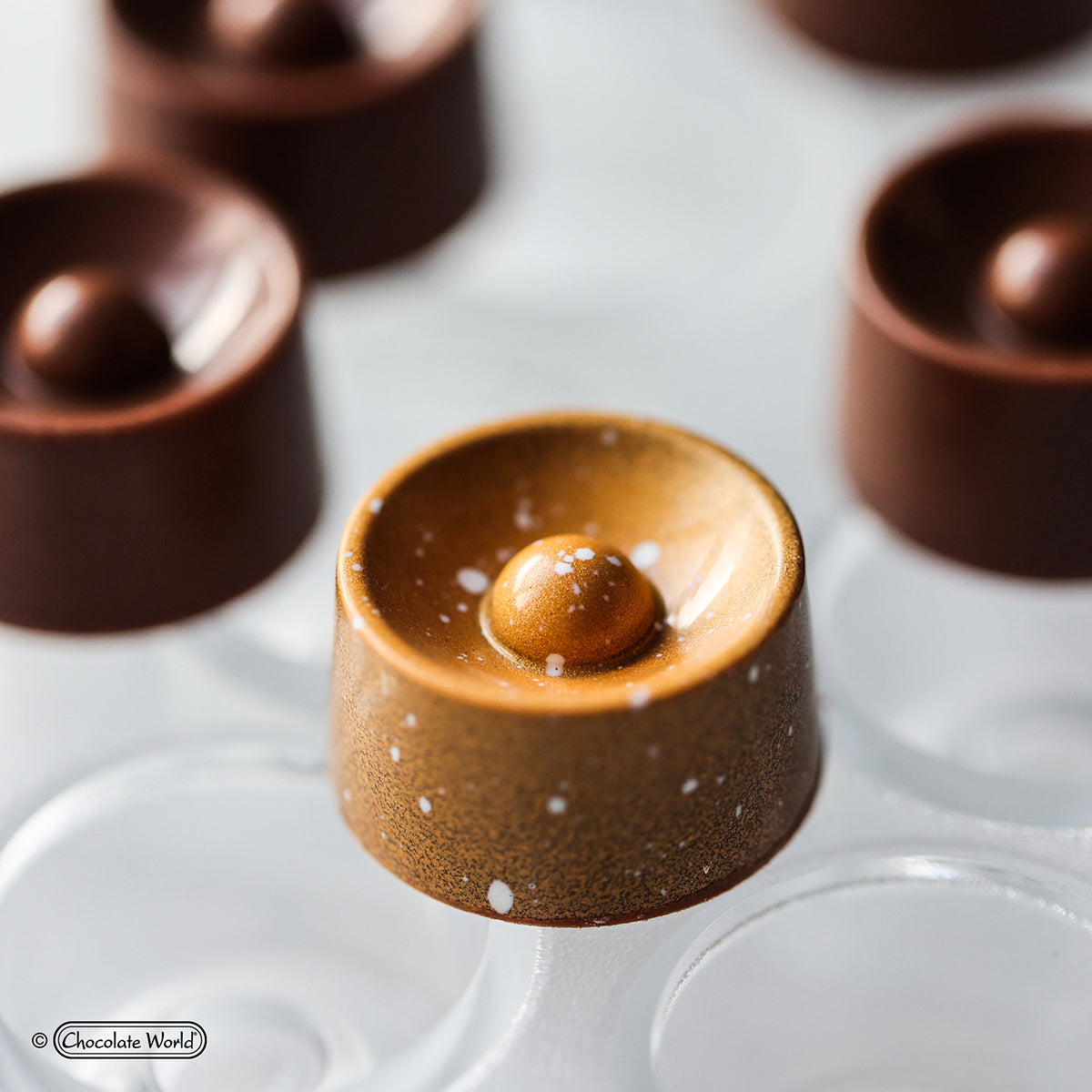
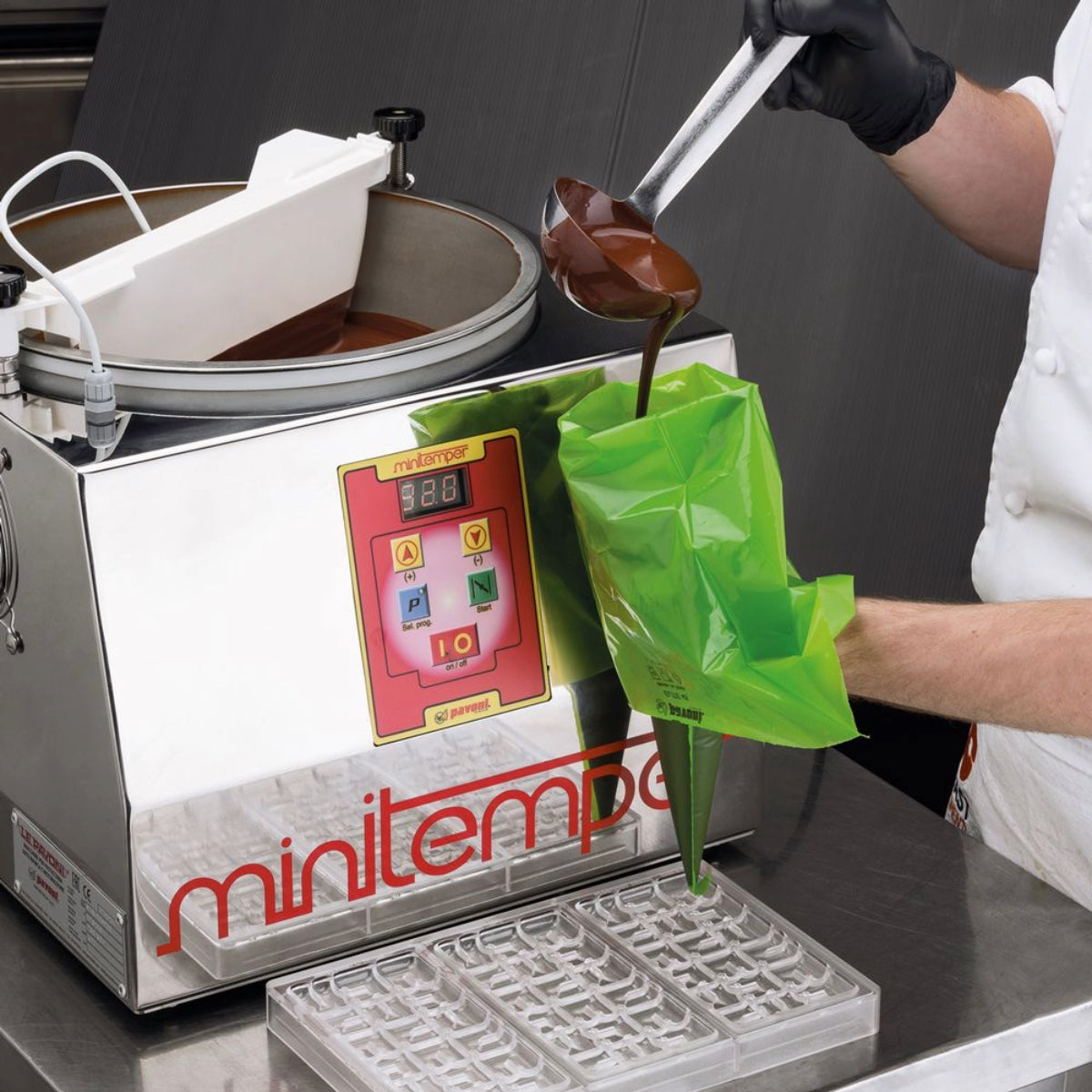

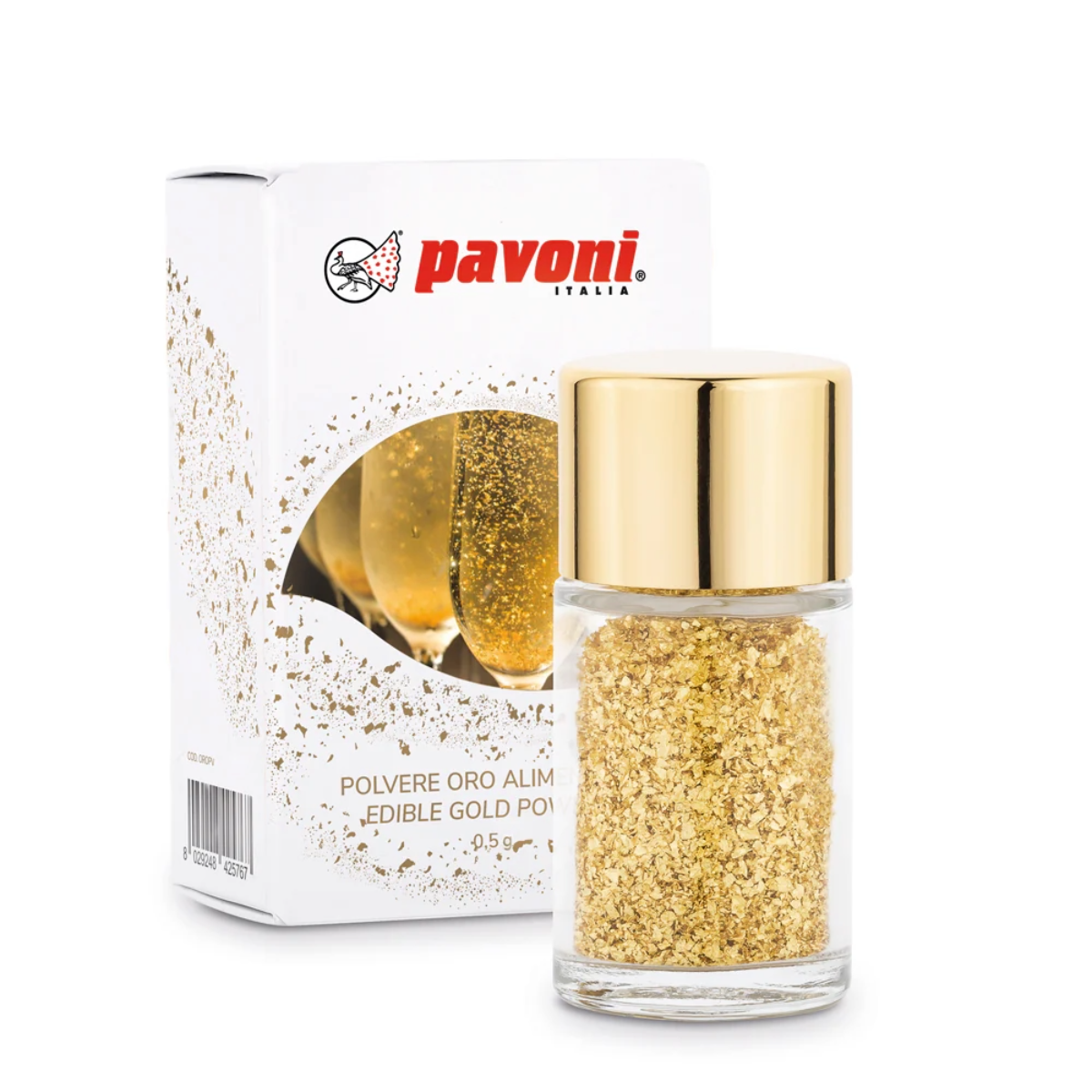
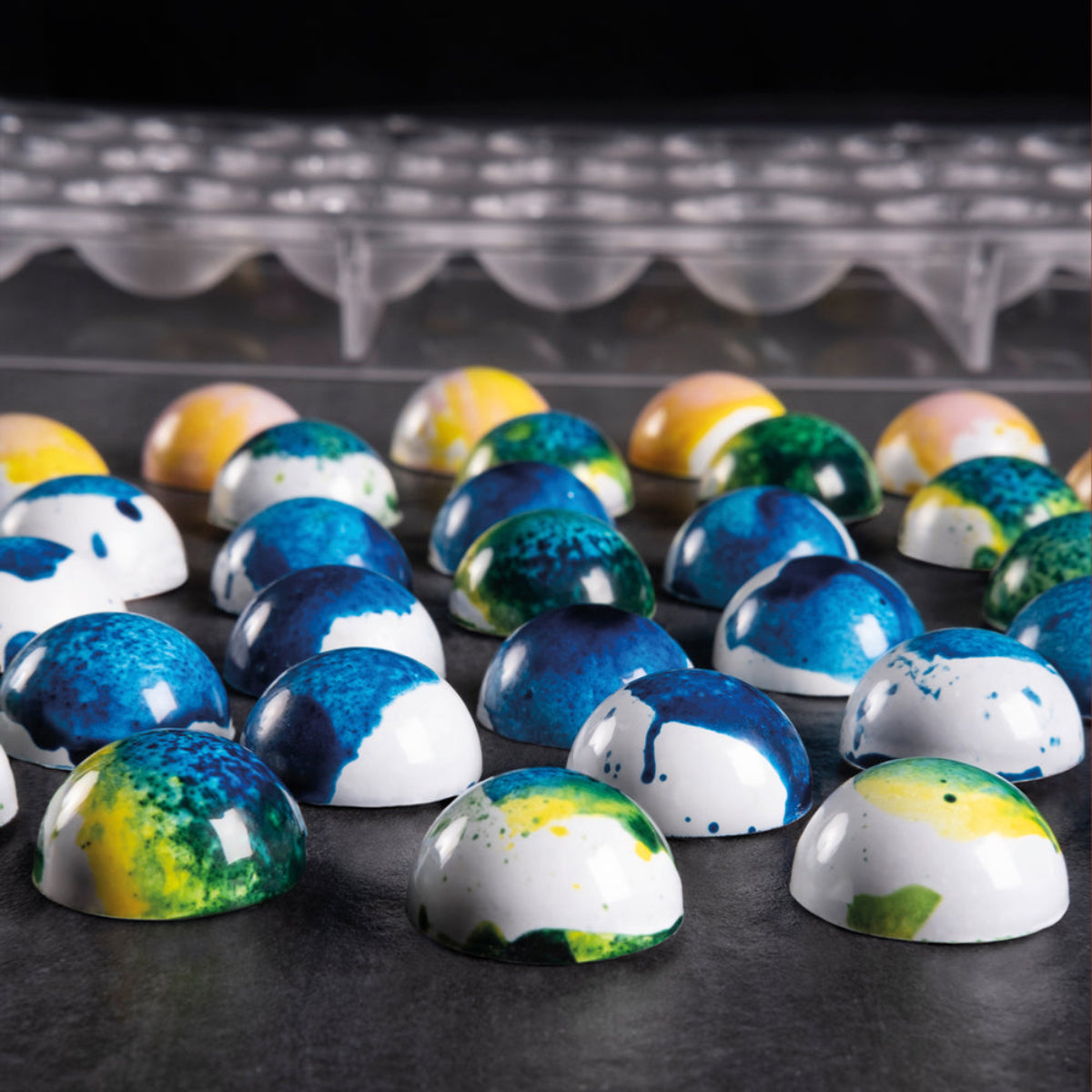



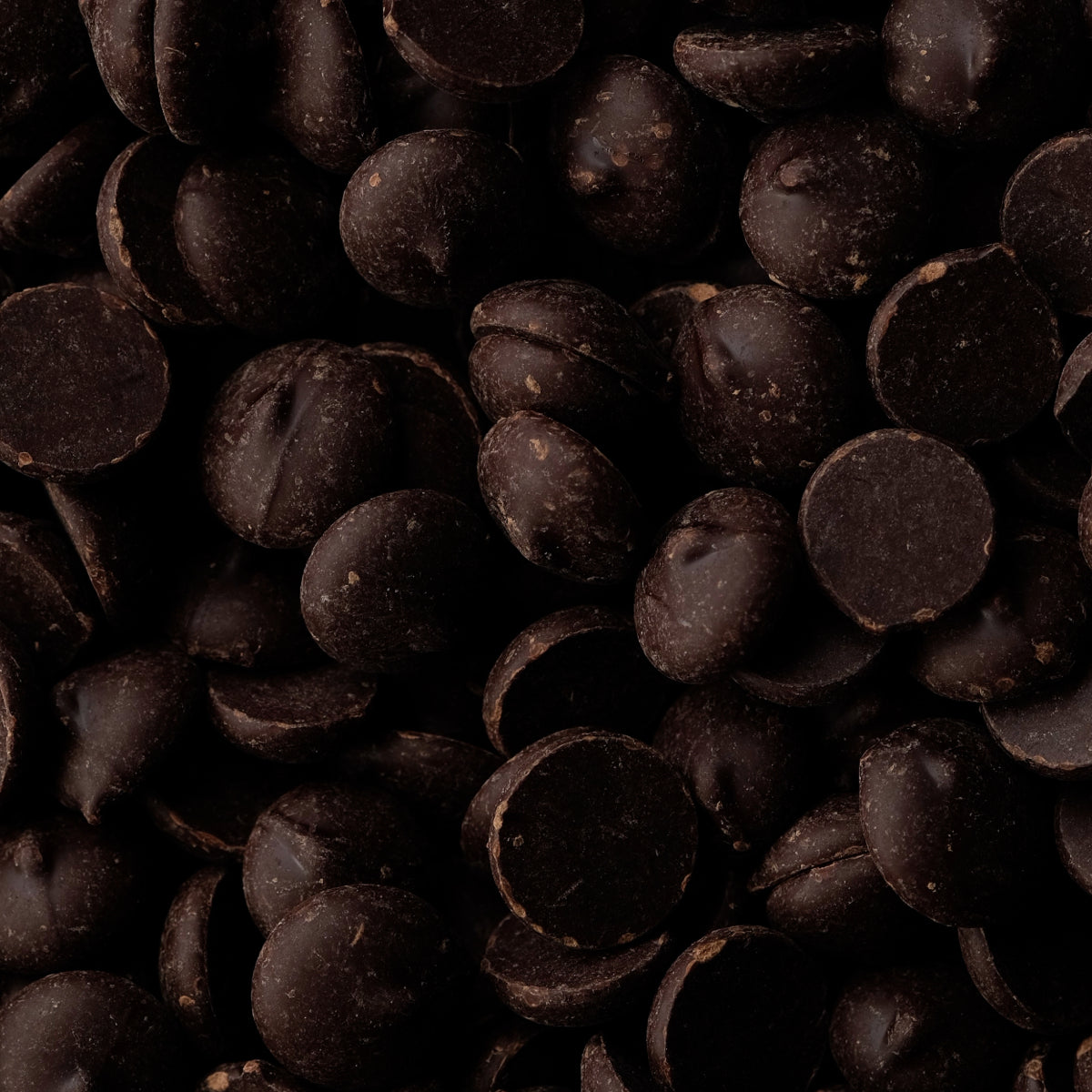
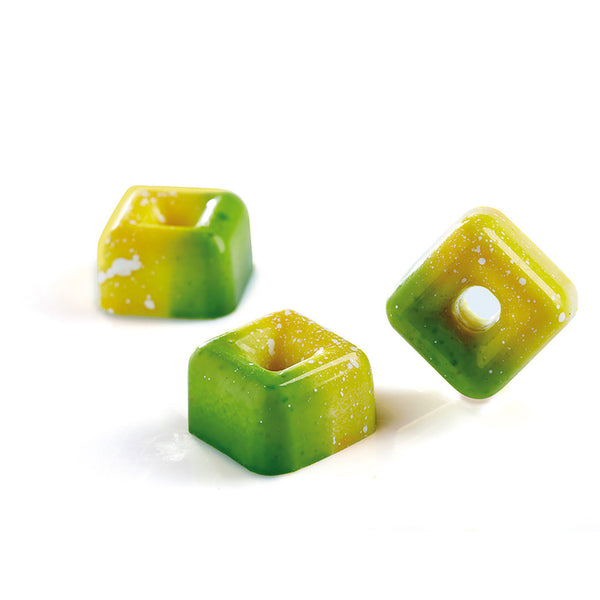





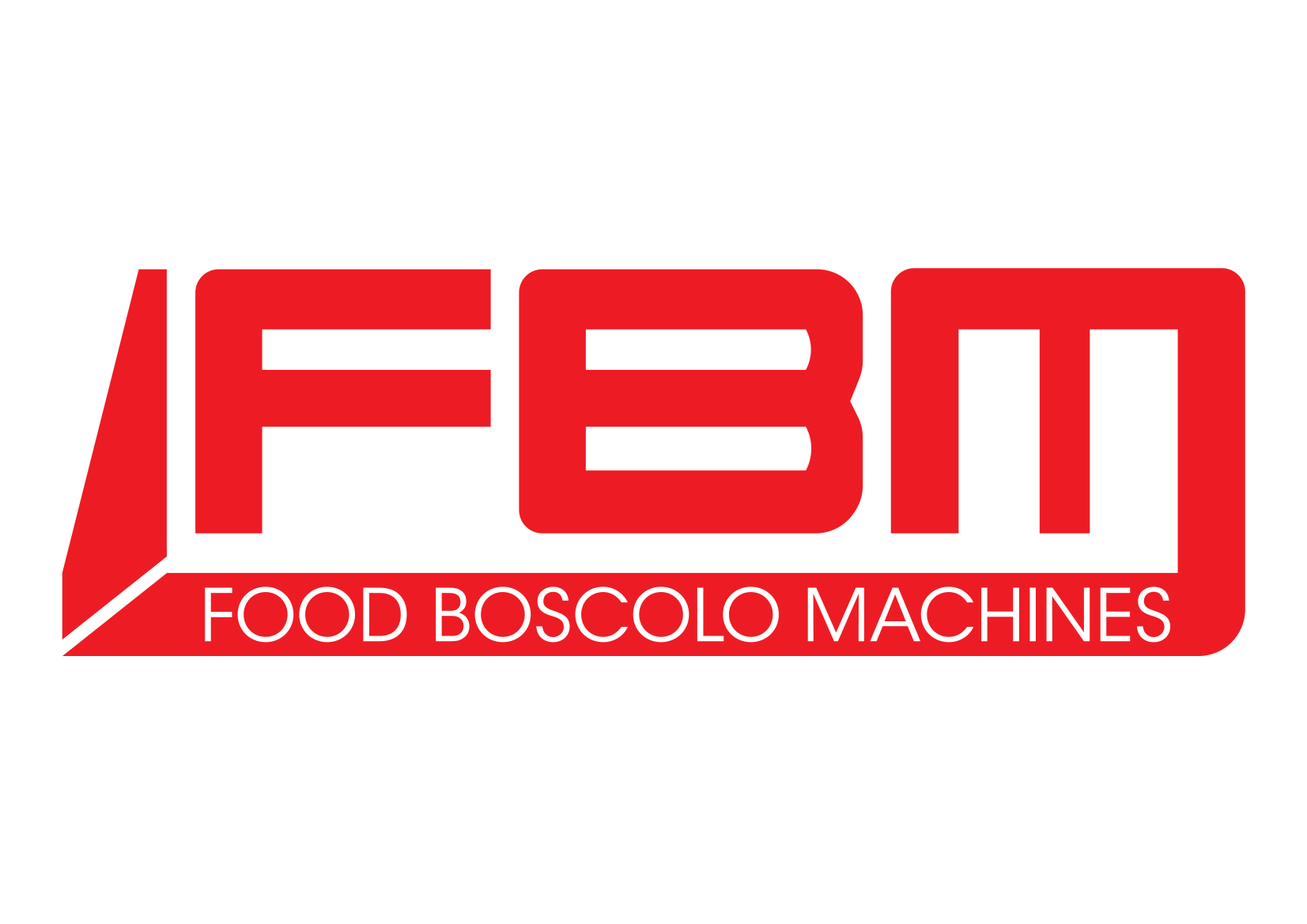



















Leave a comment
All comments are moderated before being published.
This site is protected by hCaptcha and the hCaptcha Privacy Policy and Terms of Service apply.